Associates’ Names: Laura Walker, OTR/L; Carol Garner-Houston, OTR/L
Name of Organization: Brain Harmony
Age/Gender of Client: kindergarten-aged male
Symptoms: Fine Motor Developmental Delay
Abstract: Grayson’s family was concerned about his inability to attend or sit still. It was the summer before his Kindergarten year and his parents were worried about his ability to be success in the upcoming year. In addition to his ability to focus and his still, Grayson’s handwriting was not legible and he was clearly years behind his peers. His parents verbalized their concern for Grayson stating, “He just cannot sit still and focus. Despite interventions from his pre-k teachers, his handwriting is not legible nor anywhere comparable to his peers. We are concerned that he
will not be able to write his name or draw simple figures.”
Grayson was brought to Brain Harmony for an initial Occupational Therapy evaluation in the summer before his kindergarten year.
Therapeutic Goals:
The goals for therapy focused on:
1) Improving fine motor skills including age appropriate handwriting skills
2) Improving self regulation
3) Improving attention span
Unyte-iLs Program
The treatment plan included occupational therapy treatment once a week for 1 hour at the clinic and the use of the Focus System home program. At home, Grayson was listening 3-5 times a week for 30
minutes at a time. Grayson completed the Calming Program followed by Sensory Motor sessions 1-22.
Pre & post-testing:
The tests used for both pre and post testing were the Beery-Buktenica visual-motor integration (VMI) and the Peabody Developmental Motor Scales-2. When the original scores were taken, Grayson was 5 years and 2 months of age and when he was re-evaluated 6 months later, he was 5 years and 8 months of age. Bar graphs are included with pre & post scores.
Beery –VMI
The Beery-VMI test is a neuropsychological test that analyzes visual construction skills. It identifies problems with visual perception, motor coordination, and visual-motor integration. In the initial evaluation, Grayson’s scores ranged between very low average to average. At the reassessment, Grayson’s scores increased to average to above average.
Peabody Developmental Motor Scales-2 (PDMS-2)
The PDMS-2 is an early childhood motor development program, which contains six subtests that assess the motor skills of children from birth through 5 years. Grayson was assessed in the
areas of locomotion and grasping due to his previous evaluation being below average.
Work Product: Prior to the Focus System, Grayson lacked awareness of letter size and spacing. He was unaware of how to reference a bottom line and some letters were written backwards. The evolution of his visual orientation, motor skill and planning is evident through this sequence of pictures over a 6-month time frame.
Writing samples from the first time he could write his name. July 2016
First Sentence 3 months after starting the Focus System. September 2016
Final Writing Sample 6 months after starting the Focus System. December 2016
Therapist’s Comments: When I first began seeing Grayson, he was easily frustrated. He gave up on a task before even trying it. He would say, “It is too hard!” and walk away. After using the Focus System, Grayson’s behavior and his ability to regulate his emotions significantly improved. With consistent listening, his writing evolved to include correct grammar and punctuation. It was exciting to experience these changes with him and watch his confidence soar.
Point of Interest: Grayson would request to put the headphones on when working. Below are images taken of his writing before without wearing the Focus System headset, picture 1. The second picture shows significant improvement in his handwriting and ability to organize on the page after only 4 minutes of wearing the headset.
Conclusions and Recommendations: Handwriting was the biggest challenge for Grayson. At the beginning of the school year, his handwriting scores were at 50% (F) and the rest of his academic scores were A’s. At the second quarter, his handwriting scores drastically improved to 88% (B) and by the third quarter, he was at 100% (A). Grayson is noticeably more organized and task oriented when using the Focus System. His ability to sit still and focus is dramatically improved when consistent Focus System listening has taken place. The changes for Greyson were maintained and he was discharged from services.
Co-Writer: Christine Fazzino, COTA/L



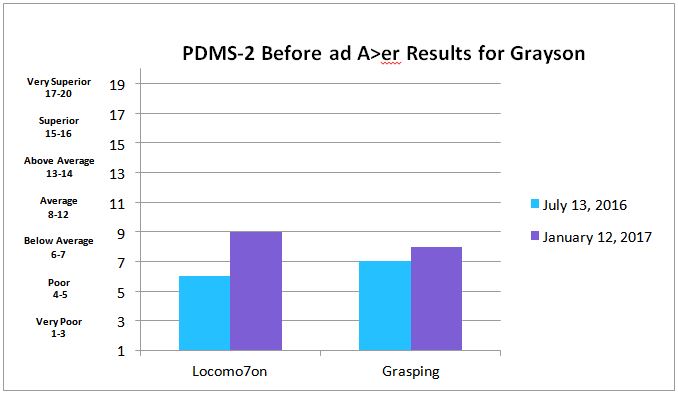
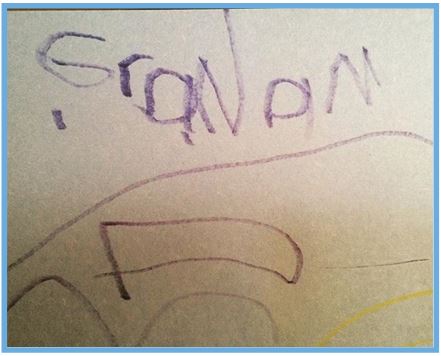
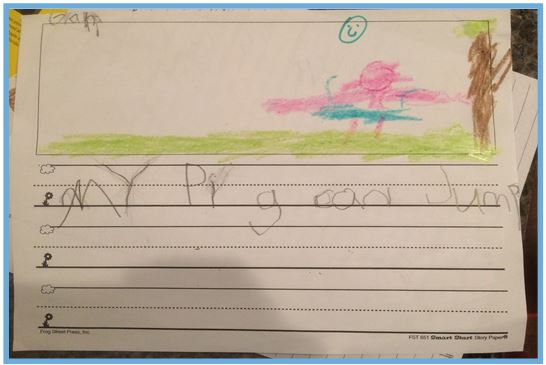
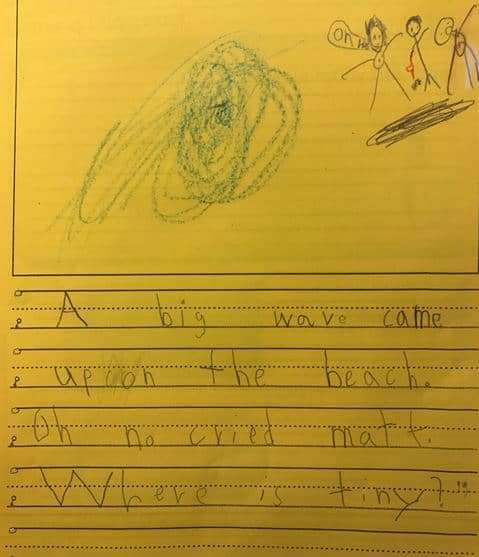
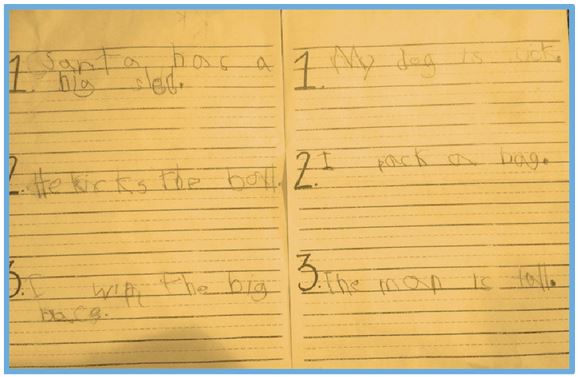
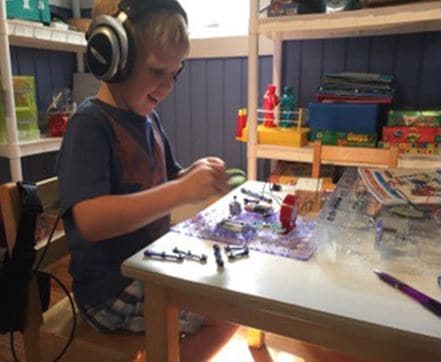


 © 2025 Unyte Health US Inc.
© 2025 Unyte Health US Inc.